Mumbai’s consumer base for drugs is significant, possibly the biggest in the country. Also, the city is a key transit point for movement of narcotic substances.
Seen from the addict’s twisted perspective, drugs may be a wonderful way to dodge reality. But it is a dangerous pursuit, particularly with the use of drugs turning into a lifestyle statement. The growing number of youth getting into party drugs and other contraband for a ‘high’ in the city should send alarm bells ringing. It could be a reflection of prosperity among the ‘aspirational, and up and mobile’ youth, but it could also indicate the mental inability to make the right choice. ‘Reality’ is serious business; someone out there must drive home the point.
How high is ‘high’? In the psychedelic universe drug addicts roam about, the idea of ‘high’ is unencumbered by measuring units; it’s about stretching the limits and savouring the distance from reality. Fraught with incalculable risks, including getting trapped in the abyss of addiction, and even inviting death, chasing the ‘high’ is just an irresistible temptation for many. Apologies abound: ‘drugs trigger the imagination and make the creative juices flow’; ‘drugs lift you out of the mundane and place you in a celestial orbit’.
Mumbai, the city of excesses, has been the place for forbidden experiments. It’s no surprise that drugs have a strong presence among its glitterati, the high society and the young wannabes elsewhere. The city’s ‘consumer base’ is significant, possibly the biggest in the country. Also, it’s the most important transit point for movement of narcotic substances.
The consumer profile and narcotic preference in Mumbai have been in transition all the time with new products, with the promise of a bigger ‘kick’ catching the fancy of users. Heroin was the favoured drug of the rich in the late 60s; brown sugar arrived on the party scene around 1979. The shift was facilitated by the government’s move to criminalise cannabis and opium. Brown sugar was less risky a proposition for the peddlers and the consumers since it need not be carried in bulk. By 1990, it was available in most cities.
Traditional drugs like hashish, marijuana, brown sugar and heroin are still in circulation, but synthetic or plastic drugs are the ‘in’ things in the party circuit now, finding young converts.
The magnitude of drugs use came into public notice after the Mumbai police raided a rave party at a high-profile pub in Juhu last year, and detained 231 people for consuming drugs. The police seized 100 tablets of ecstasy and other narcotics like heroine, LSD and cocaine and arrested eight drug dealers. The bust came months after a similar party involving youngsters was raided in Pune.
The rave party drugs come under several names — Ecstasy, Speed, Love Drug and Acid. Use of Ketamine, originally an anesthetic, too, is catching on. Unlike traditional opium extracts, these are basically Amphetamine-based drugs prepared in illegal chemical laboratories through a simple synthesisation process. But the result is equally devastating or liberating, depending on which side of the drugs divide you are on.
“Consumption of party drugs in cities like Mumbai is high because these are not as addictive as traditional drugs like heroin. The cost is prohibitive but the drugs leave no external body indications in its consumers. Also, withdrawal symptoms are not painful,’’ said a senior Narcotics Control Bureau (NCB) official. The consumers are obviously those who can afford them — the upper strata of society. The latest entrants are youngsters who have started working with BPOs and are making a quick buck at a young age, he added.
Though individual customers still account for a big chunk of the market, rave party-goers are turning out to be big clientele for the drug peddlers. A police officer said: “Rave parties need not involve hundreds of people; these are organised mostly in closed groups at private houses. Patrons at these parties are the regular ones and no new-comer is entertained by them.”
It’s not easy to put a finger on the number of users. They are spread across age groups, from 15 to 65, and classes. Social profiling is not easy either with drug-use being mostly a highly secretive affair.
The arrest of a senior BPO staffer recently in Mumbai is a case in point. It led to the unearthing of a leading drug peddler with huge properties in the Western suburbs. His clientele included professionals working in MNCs. It also threw up the startling fact that the MNC employees were hand-in-glove with the peddlers. They are the ones who make the contraband reach the end-user.
The BPO staffer was a regular consumer who ended up as a peddler himself. Similar was the case of a youngster trying his luck as a disco jockey in a Bandra pub.
Besides party drugs, consumption of cocaine is up too. Smuggled into India by ‘drug mules’, mostly African nationals, a major chunk of them Nigerians, the contraband keeps circulating in the consumer circles.
The mules
Many Nigerian nationals coming to India serve as drug mules — carriers of cocaine. They source the drugs from their suppliers in Europe and America.
The product is distributed in the city and elsewhere through local peddlers. Big cities like Mumbai, Delhi, Bangalore, Chennai and Hyderabad have a well-oiled network to ensure proper distribution. The clientele is normally the well-heeled, partying types. But the ranks are swelling with the arrival of the neo-rich: techies, BPO employees and people associated with the glamour world.
![submenu-img]() MS Dhoni steps out to cast his vote for Lok Sabha polls in Ranchi, crowd goes crazy - Watch
MS Dhoni steps out to cast his vote for Lok Sabha polls in Ranchi, crowd goes crazy - Watch![submenu-img]() KKR vs SRH, IPL 2024 Final: Will rain play spoilsport in Chennai? Here's weather forecast for May 26
KKR vs SRH, IPL 2024 Final: Will rain play spoilsport in Chennai? Here's weather forecast for May 26![submenu-img]() Karan Johar announces his next directorial on 52nd birthday, fans say 'please bring back SRK and Kajol'
Karan Johar announces his next directorial on 52nd birthday, fans say 'please bring back SRK and Kajol'![submenu-img]() Meet woman, who holds Guinness World Record for longest fingernails, hasn't cut them since 1997, she is from...
Meet woman, who holds Guinness World Record for longest fingernails, hasn't cut them since 1997, she is from...![submenu-img]() Maharashtra 10th Result 2024: MSBSHSE SSC Class 10 to be released on May 27, know how to download scorecards
Maharashtra 10th Result 2024: MSBSHSE SSC Class 10 to be released on May 27, know how to download scorecards![submenu-img]() Maharashtra 10th Result 2024: MSBSHSE SSC Class 10 to be released on May 27, know how to download scorecards
Maharashtra 10th Result 2024: MSBSHSE SSC Class 10 to be released on May 27, know how to download scorecards![submenu-img]() Odisha Board 10th Result 2024: BSE Odisha Matric Result 2024 date, time announced, check latest update here
Odisha Board 10th Result 2024: BSE Odisha Matric Result 2024 date, time announced, check latest update here![submenu-img]() Meet student who cleared JEE Advanced with AIR 99, then dropped out of IIT counselling due to..
Meet student who cleared JEE Advanced with AIR 99, then dropped out of IIT counselling due to..![submenu-img]() IIT-JEE topper joins IIT Delhi with AIR 1, leaves it after few months without graduation due to...
IIT-JEE topper joins IIT Delhi with AIR 1, leaves it after few months without graduation due to...![submenu-img]() Meet man, tailor's son who sold newspapers to pay fees, cracked UPSC without coaching to become IAS officer, got AIR…
Meet man, tailor's son who sold newspapers to pay fees, cracked UPSC without coaching to become IAS officer, got AIR…![submenu-img]() DNA Verified: Is CAA an anti-Muslim law? Centre terms news report as 'misleading'
DNA Verified: Is CAA an anti-Muslim law? Centre terms news report as 'misleading'![submenu-img]() DNA Verified: Lok Sabha Elections 2024 to be held on April 19? Know truth behind viral message
DNA Verified: Lok Sabha Elections 2024 to be held on April 19? Know truth behind viral message![submenu-img]() DNA Verified: Modi govt giving students free laptops under 'One Student One Laptop' scheme? Know truth here
DNA Verified: Modi govt giving students free laptops under 'One Student One Laptop' scheme? Know truth here![submenu-img]() DNA Verified: Shah Rukh Khan denies reports of his role in release of India's naval officers from Qatar
DNA Verified: Shah Rukh Khan denies reports of his role in release of India's naval officers from Qatar![submenu-img]() DNA Verified: Is govt providing Rs 1.6 lakh benefit to girls under PM Ladli Laxmi Yojana? Know truth
DNA Verified: Is govt providing Rs 1.6 lakh benefit to girls under PM Ladli Laxmi Yojana? Know truth![submenu-img]() Assamese actress Aimee Baruah wins hearts as she represents her culture in saree with 200-year-old motif at Cannes
Assamese actress Aimee Baruah wins hearts as she represents her culture in saree with 200-year-old motif at Cannes ![submenu-img]() Aditi Rao Hydari's monochrome gown at Cannes Film Festival divides social media: 'We love her but not the dress'
Aditi Rao Hydari's monochrome gown at Cannes Film Festival divides social media: 'We love her but not the dress'![submenu-img]() AI models play volley ball on beach in bikini
AI models play volley ball on beach in bikini![submenu-img]() AI models set goals for pool parties in sizzling bikinis this summer
AI models set goals for pool parties in sizzling bikinis this summer![submenu-img]() In pics: Aditi Rao Hydari being 'pocket full of sunshine' at Cannes in floral dress, fans call her 'born aesthetic'
In pics: Aditi Rao Hydari being 'pocket full of sunshine' at Cannes in floral dress, fans call her 'born aesthetic'![submenu-img]() DNA Explainer: Why was Iranian president Ebrahim Raisi, killed in helicopter crash, regarded as ‘Butcher of Tehran’?
DNA Explainer: Why was Iranian president Ebrahim Raisi, killed in helicopter crash, regarded as ‘Butcher of Tehran’?![submenu-img]() DNA Explainer: Why did deceased Iranian President Ebrahim Raisi wear black turban?
DNA Explainer: Why did deceased Iranian President Ebrahim Raisi wear black turban?![submenu-img]() Iran President Ebrahim Raisi's death: Will it impact gold, oil prices and stock markets?
Iran President Ebrahim Raisi's death: Will it impact gold, oil prices and stock markets?![submenu-img]() Haryana Political Crisis: Will 3 independent MLAs support withdrawal impact the present Nayab Saini led-BJP government?
Haryana Political Crisis: Will 3 independent MLAs support withdrawal impact the present Nayab Saini led-BJP government?![submenu-img]() DNA Explainer: Why Harvey Weinstein's rape conviction was overturned, will beleaguered Hollywood mogul get out of jail?
DNA Explainer: Why Harvey Weinstein's rape conviction was overturned, will beleaguered Hollywood mogul get out of jail?![submenu-img]() Karan Johar announces his next directorial on 52nd birthday, fans say 'please bring back SRK and Kajol'
Karan Johar announces his next directorial on 52nd birthday, fans say 'please bring back SRK and Kajol'![submenu-img]() Meet superstar who faced casting couch at 17, was asked to 'compromise', wear a bikini for shoot, she is now..
Meet superstar who faced casting couch at 17, was asked to 'compromise', wear a bikini for shoot, she is now..![submenu-img]() Meet actor who made superhit debut, then gave 40 flop films, still lives luxurious life, net worth is..
Meet actor who made superhit debut, then gave 40 flop films, still lives luxurious life, net worth is..![submenu-img]() Dalljiet Kaur accuses husband Nikhil Patel of having extramarital affair, seems to confirm separation: 'Family is...'
Dalljiet Kaur accuses husband Nikhil Patel of having extramarital affair, seems to confirm separation: 'Family is...'![submenu-img]() Meet first Indian actress to win acting honour at Cannes; social media changed her life, she is…
Meet first Indian actress to win acting honour at Cannes; social media changed her life, she is…![submenu-img]() Meet woman, who holds Guinness World Record for longest fingernails, hasn't cut them since 1997, she is from...
Meet woman, who holds Guinness World Record for longest fingernails, hasn't cut them since 1997, she is from...![submenu-img]() Viral video: Tourist teeters on edge of Victoria Falls, internet reacts
Viral video: Tourist teeters on edge of Victoria Falls, internet reacts![submenu-img]() Viral video: Fearless cat defends against deadly cobra attack, internet is stunned
Viral video: Fearless cat defends against deadly cobra attack, internet is stunned![submenu-img]() Viral video: Restaurant's green chilli halwa preparation shocks internet, watch
Viral video: Restaurant's green chilli halwa preparation shocks internet, watch![submenu-img]() Viral video: Majestic lion welcomes US photographer with a roaring greeting, watch
Viral video: Majestic lion welcomes US photographer with a roaring greeting, watch
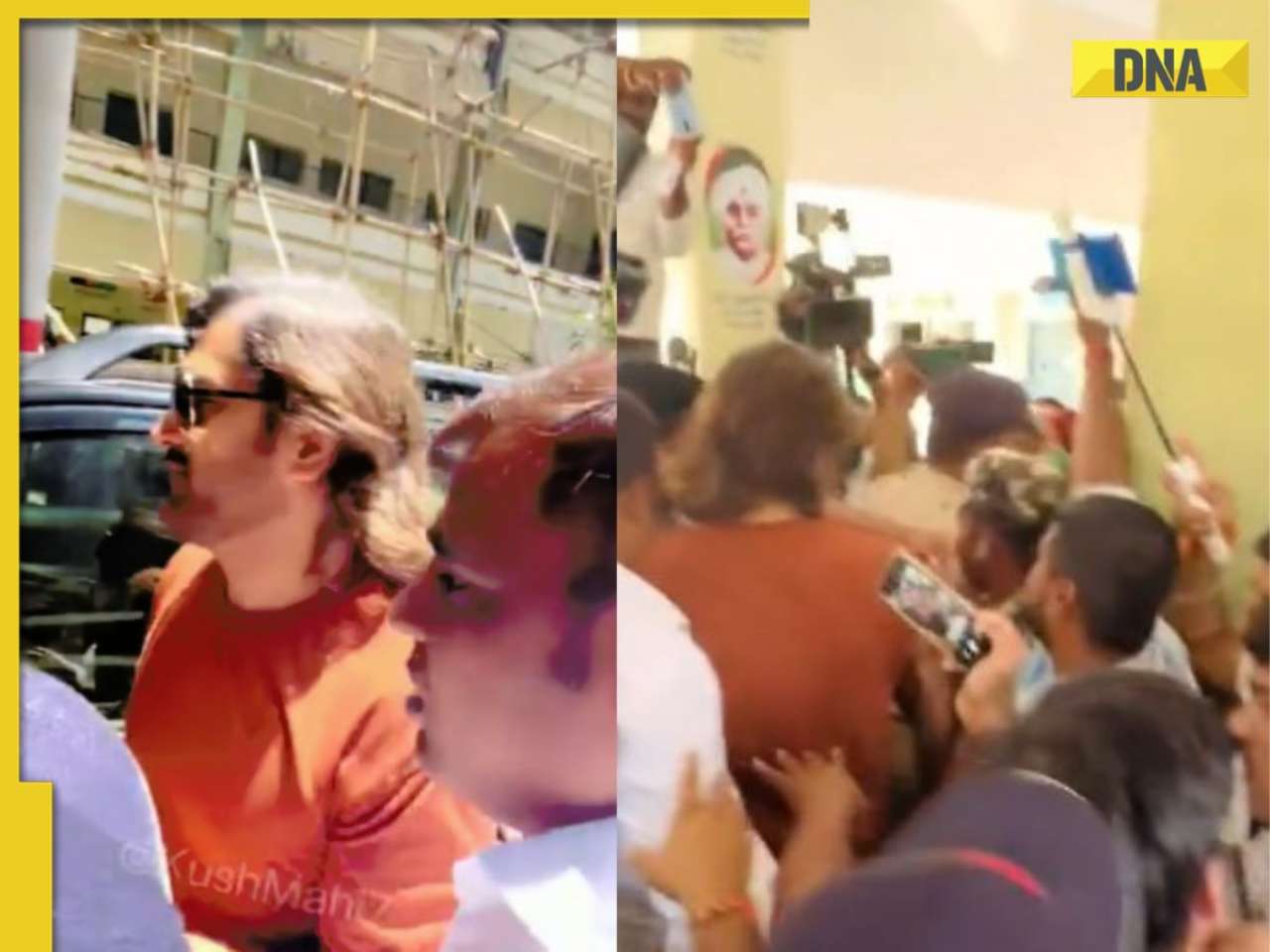
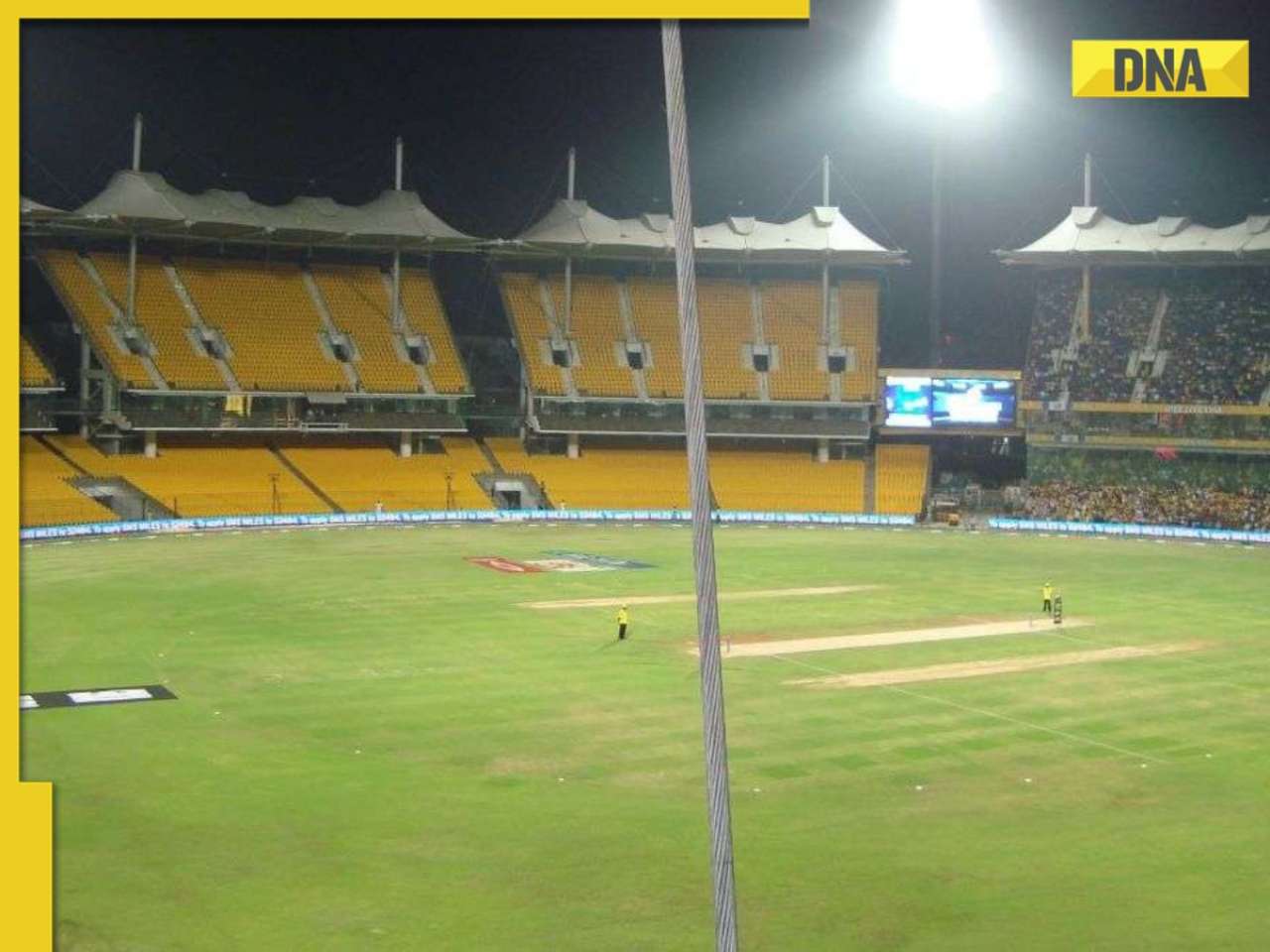


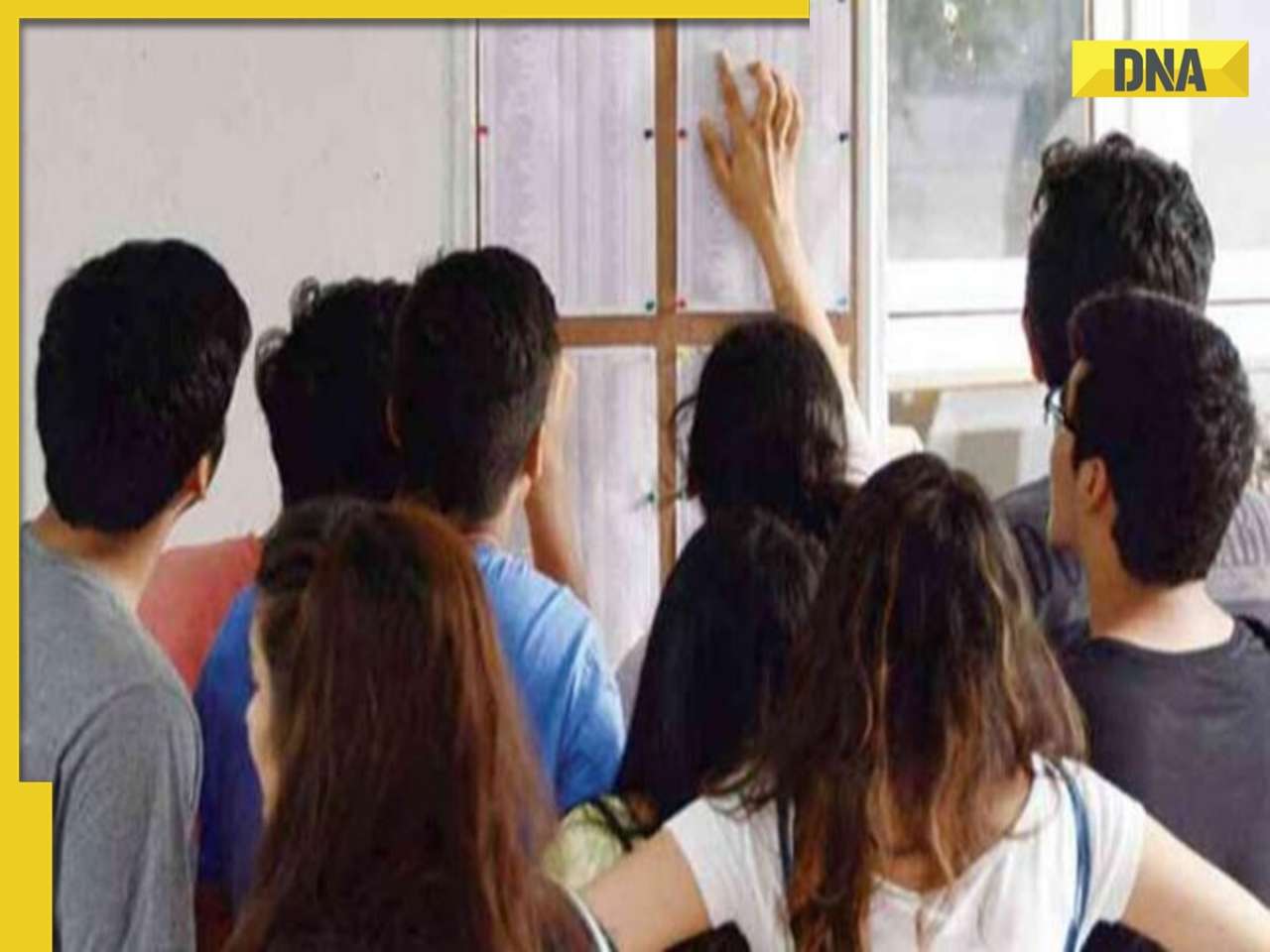







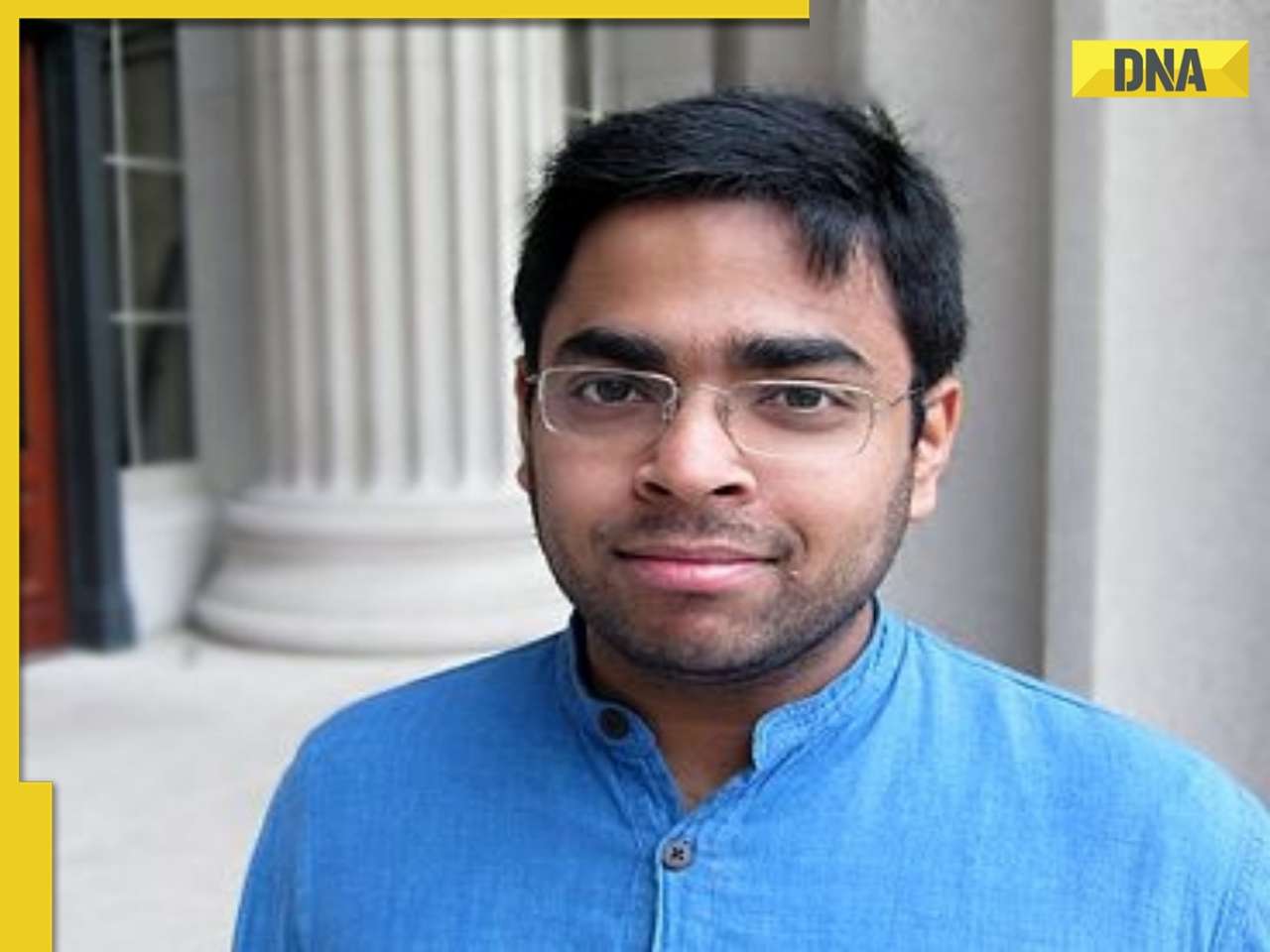
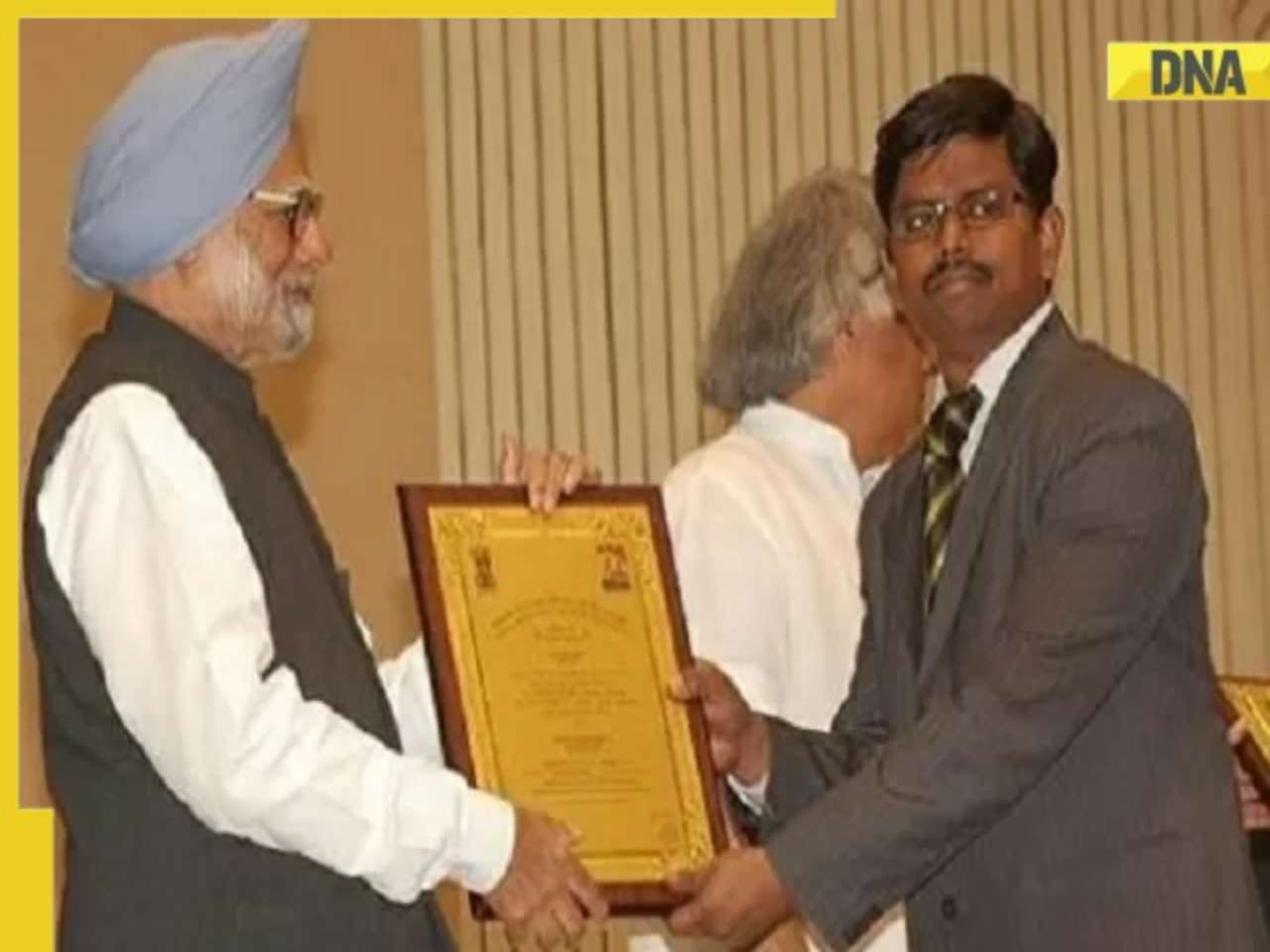















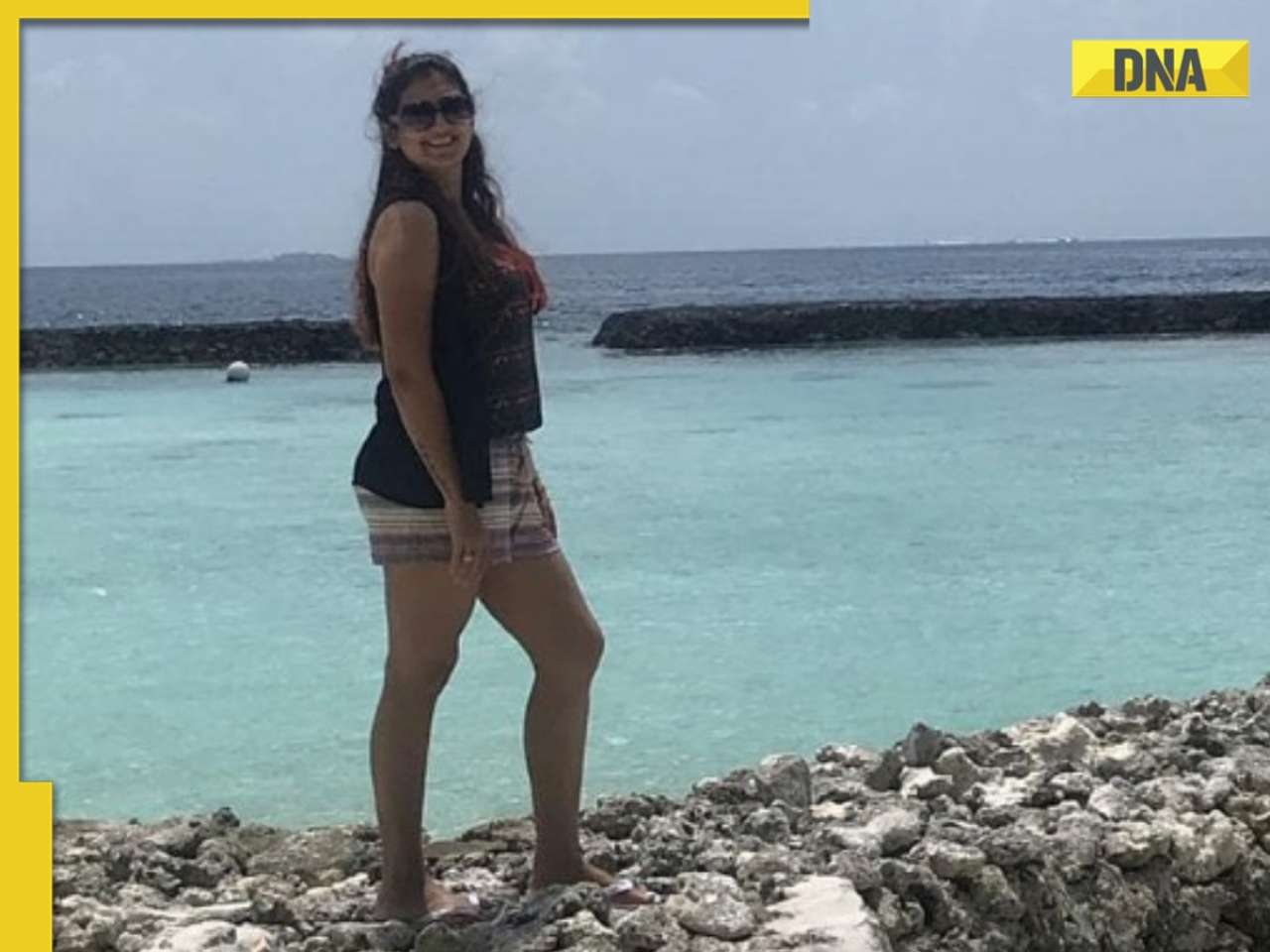


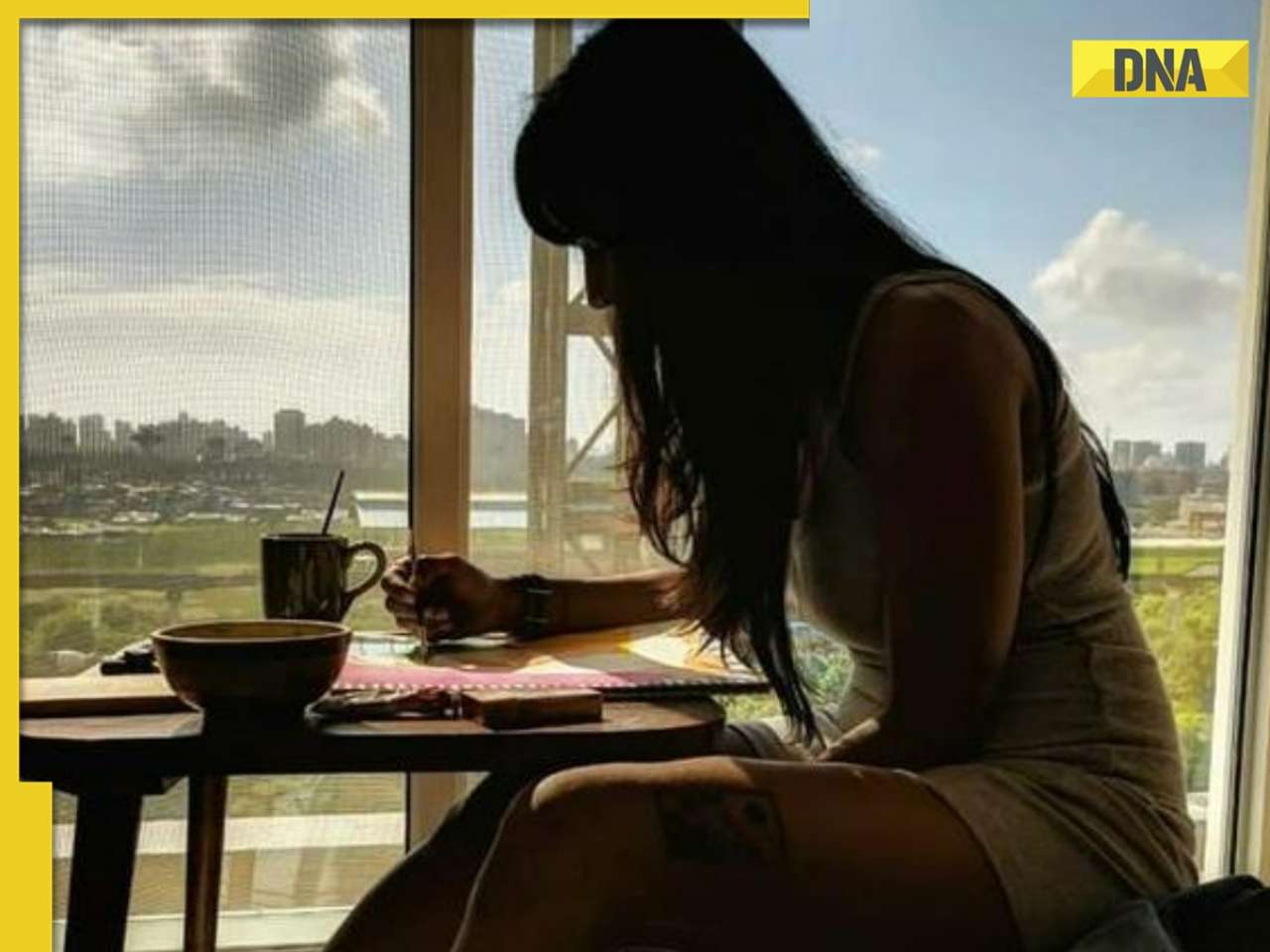

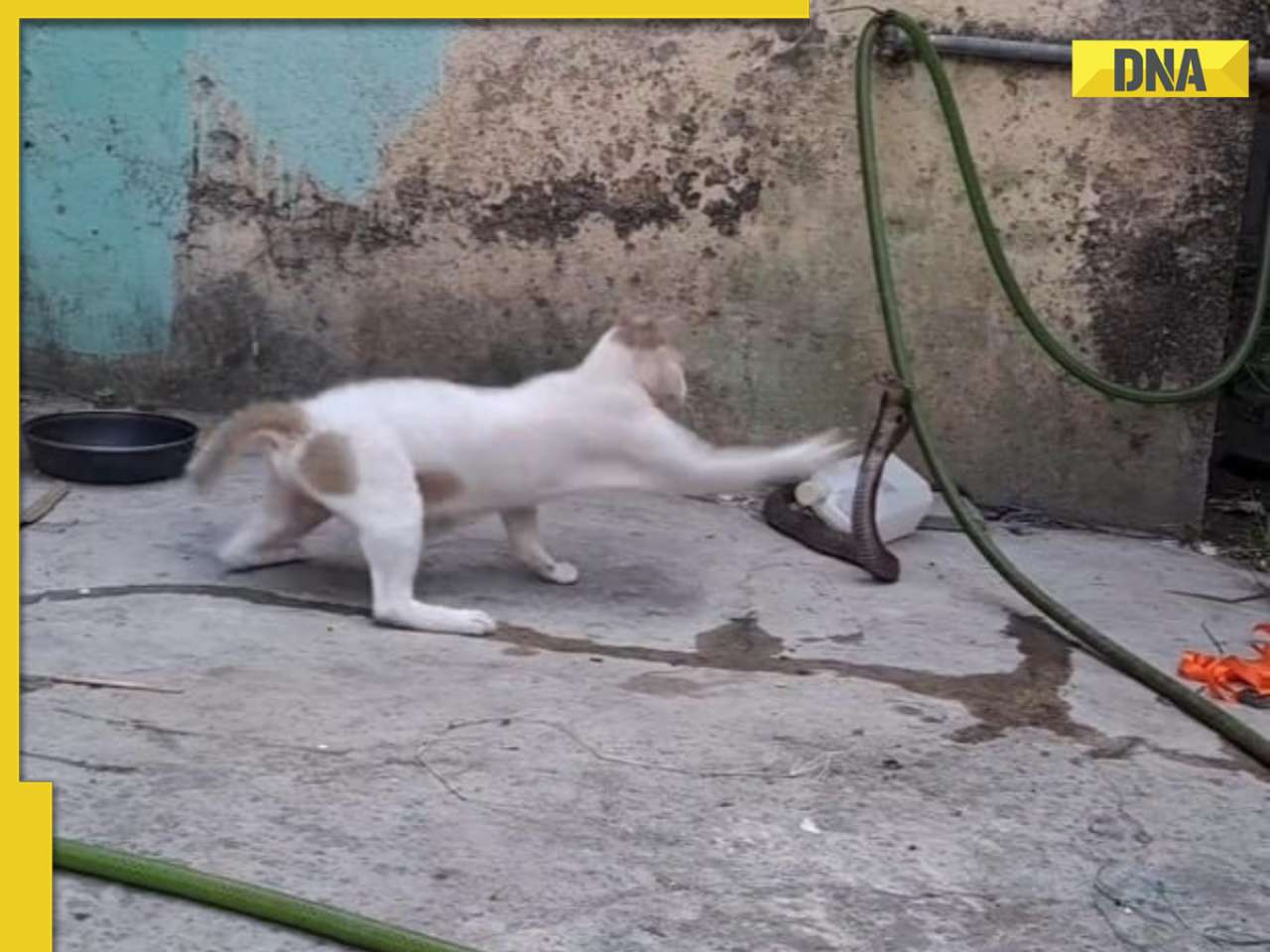
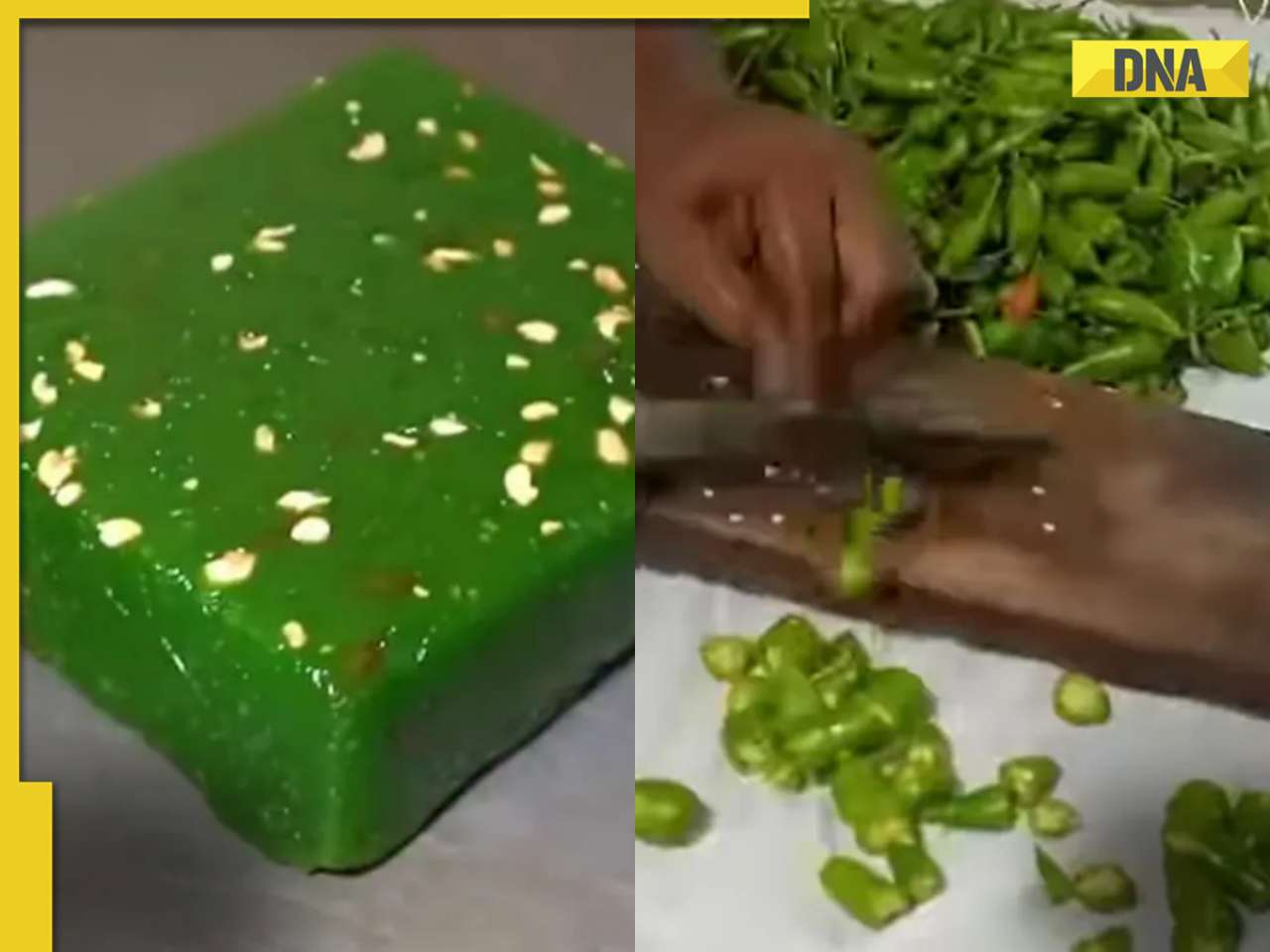
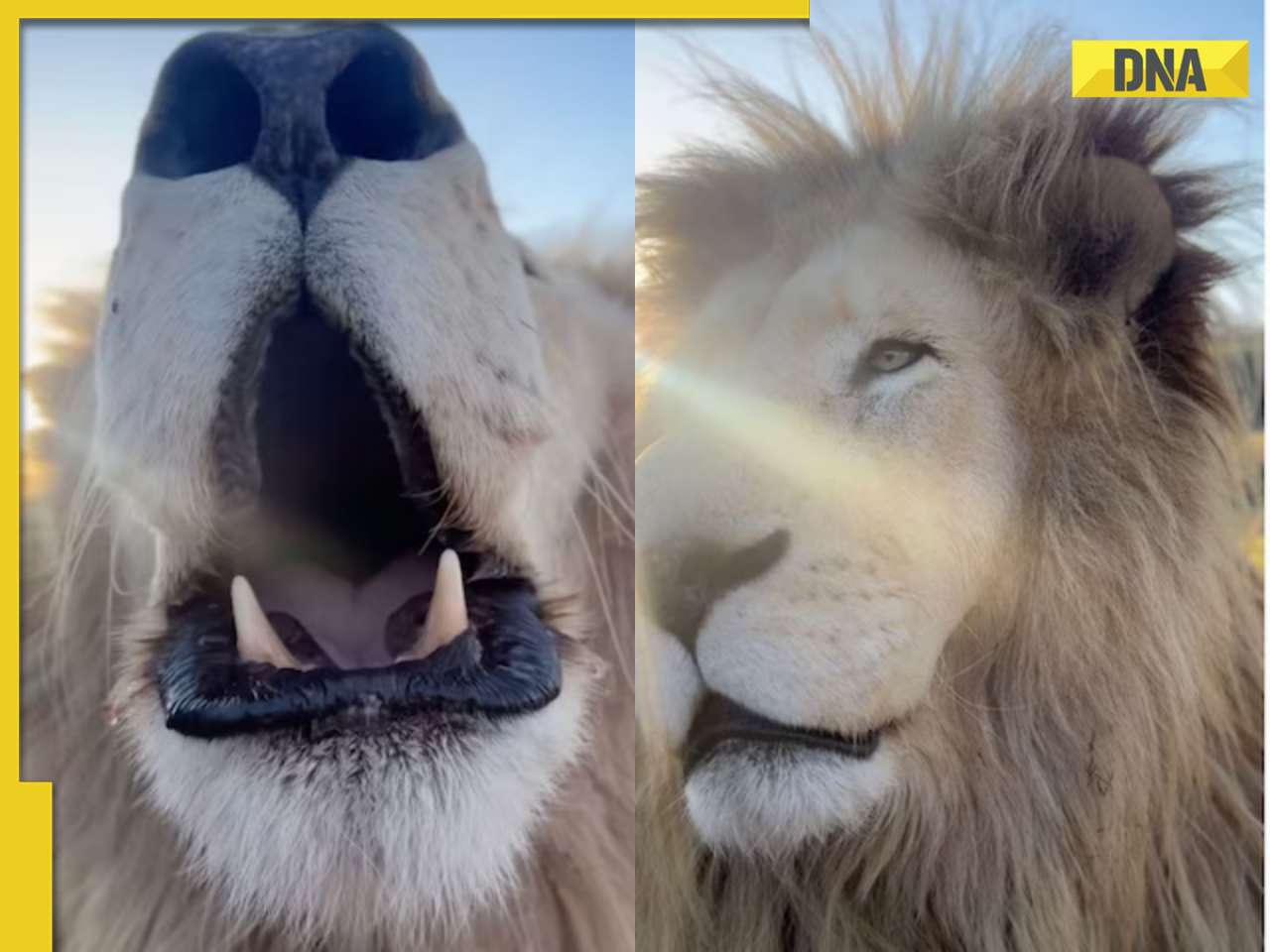



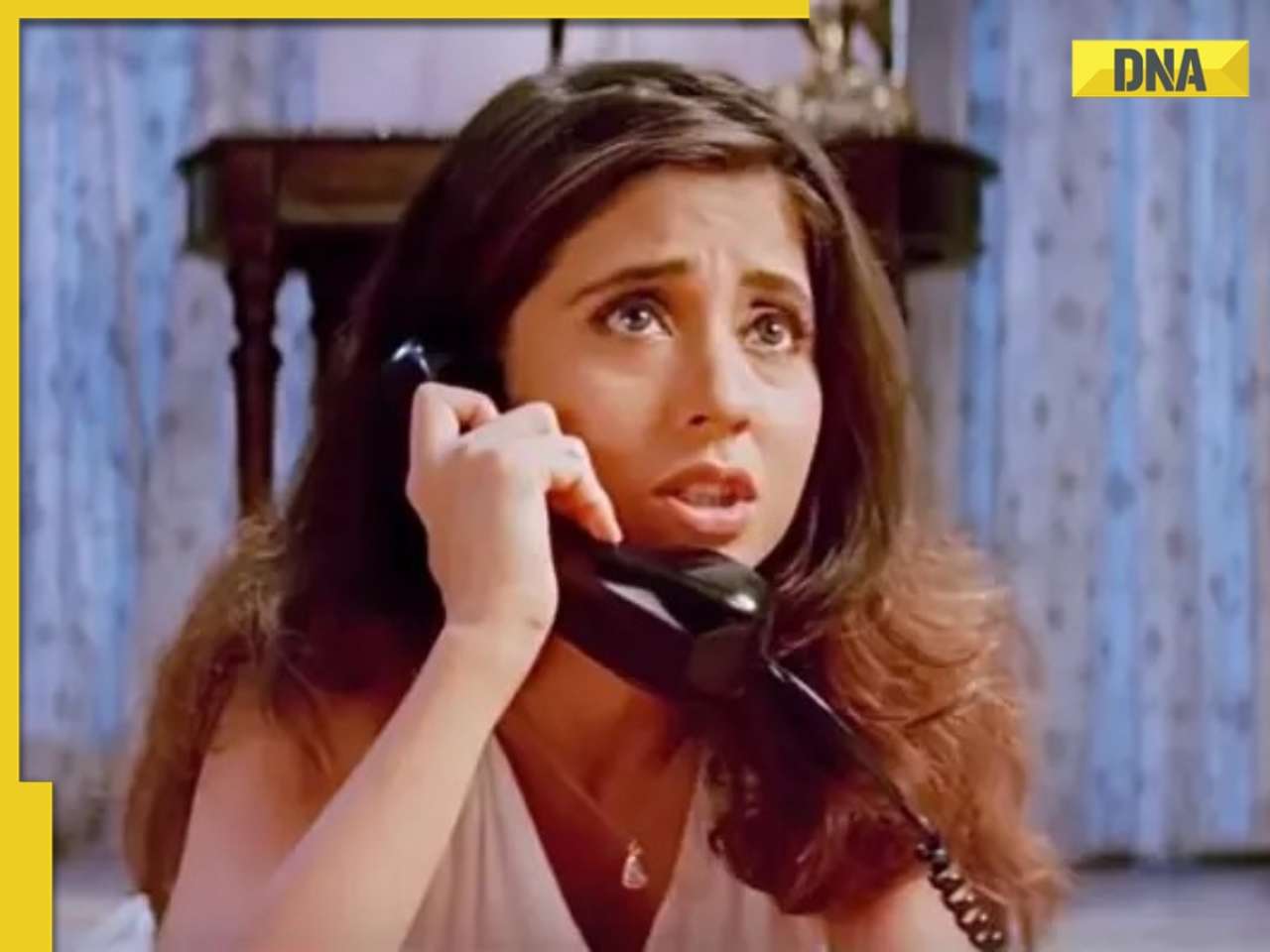
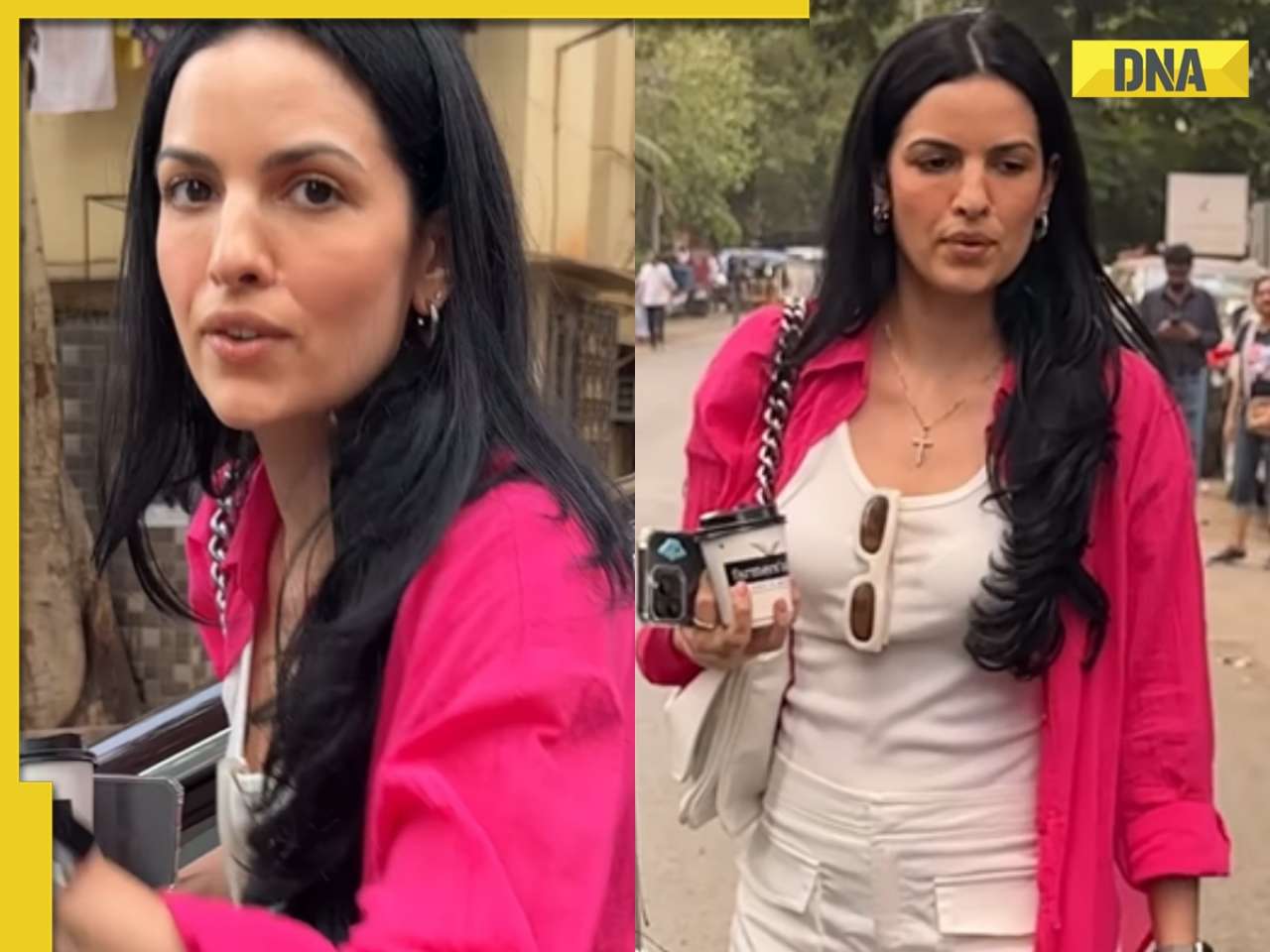
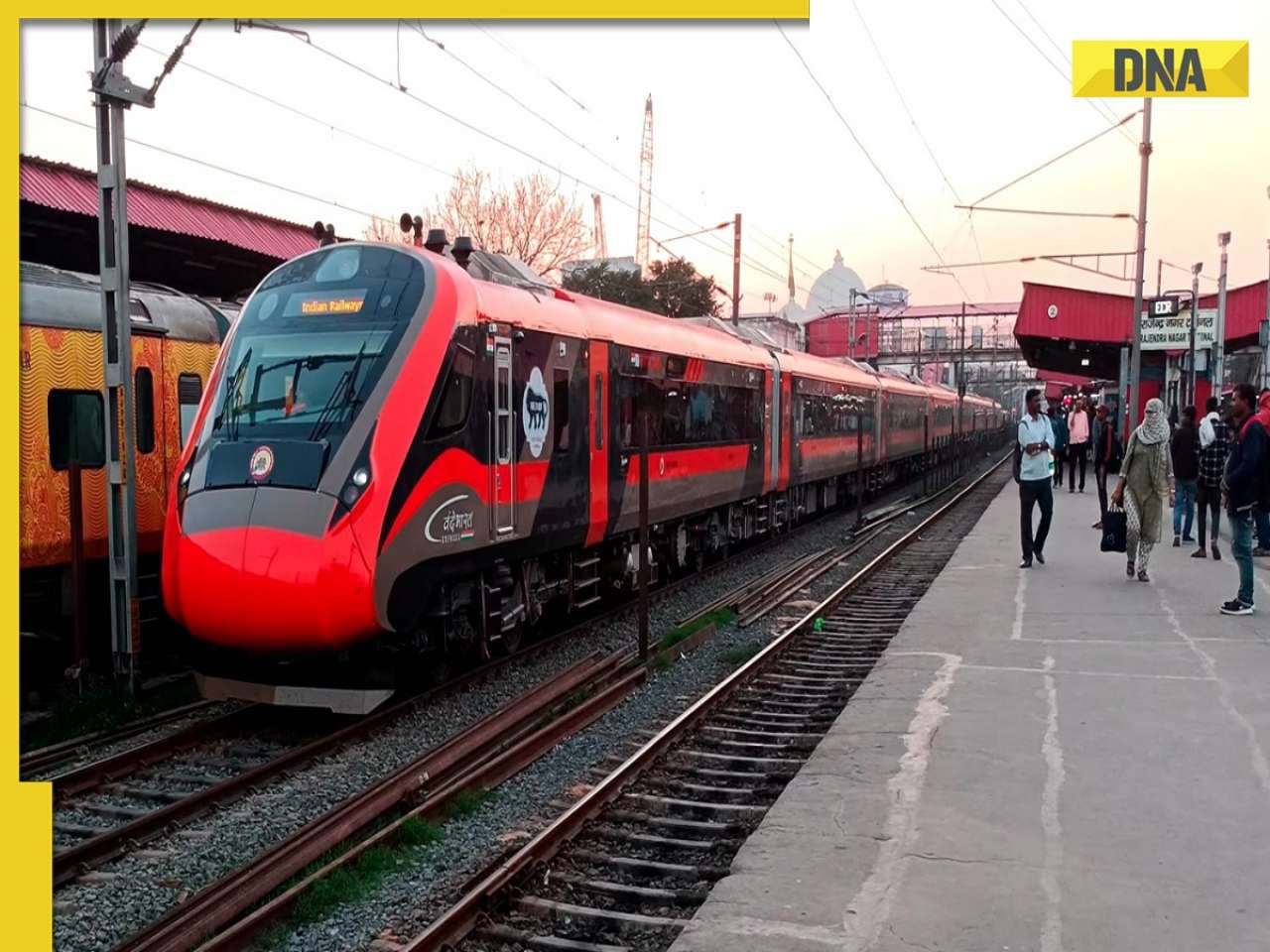
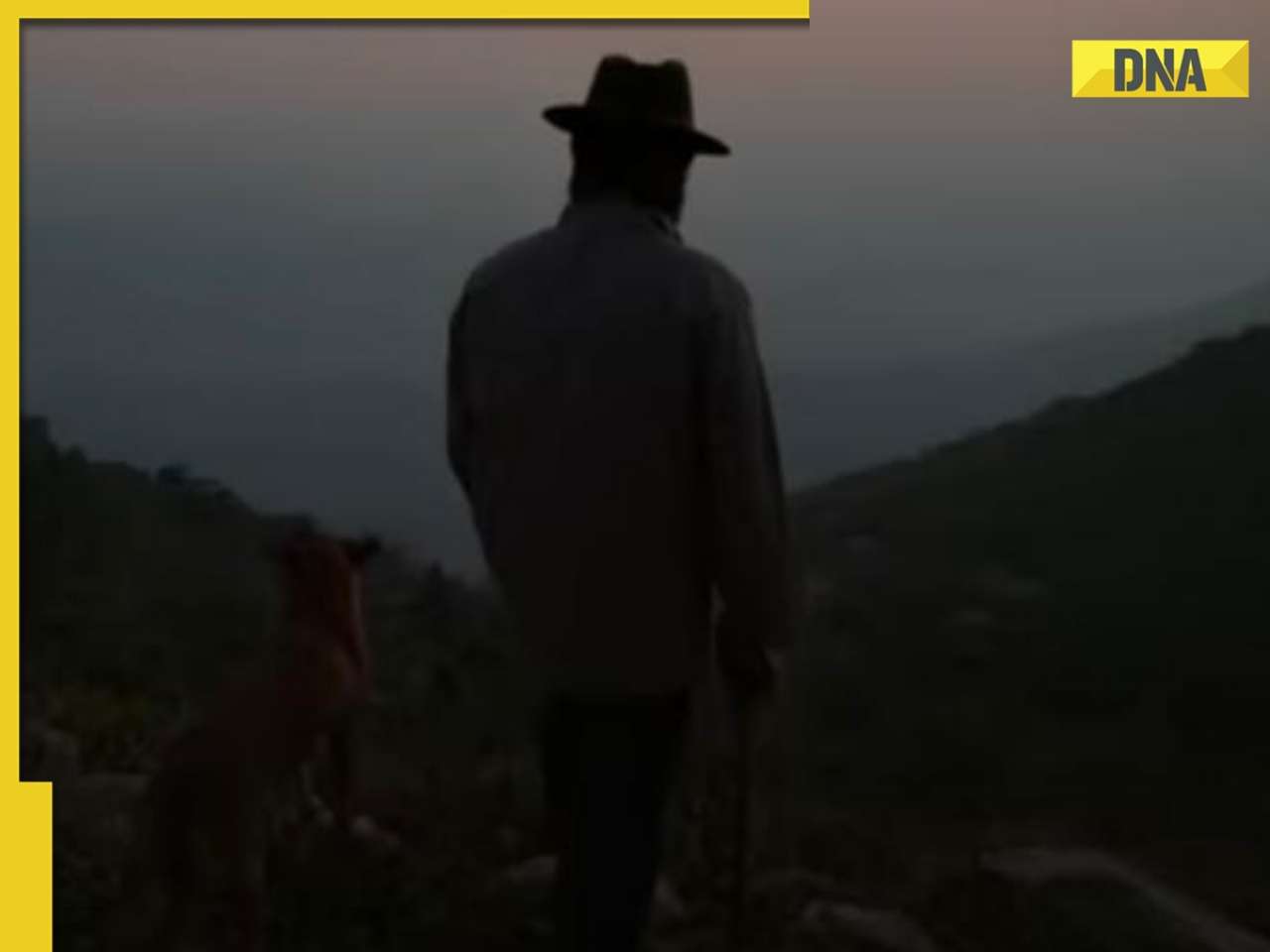

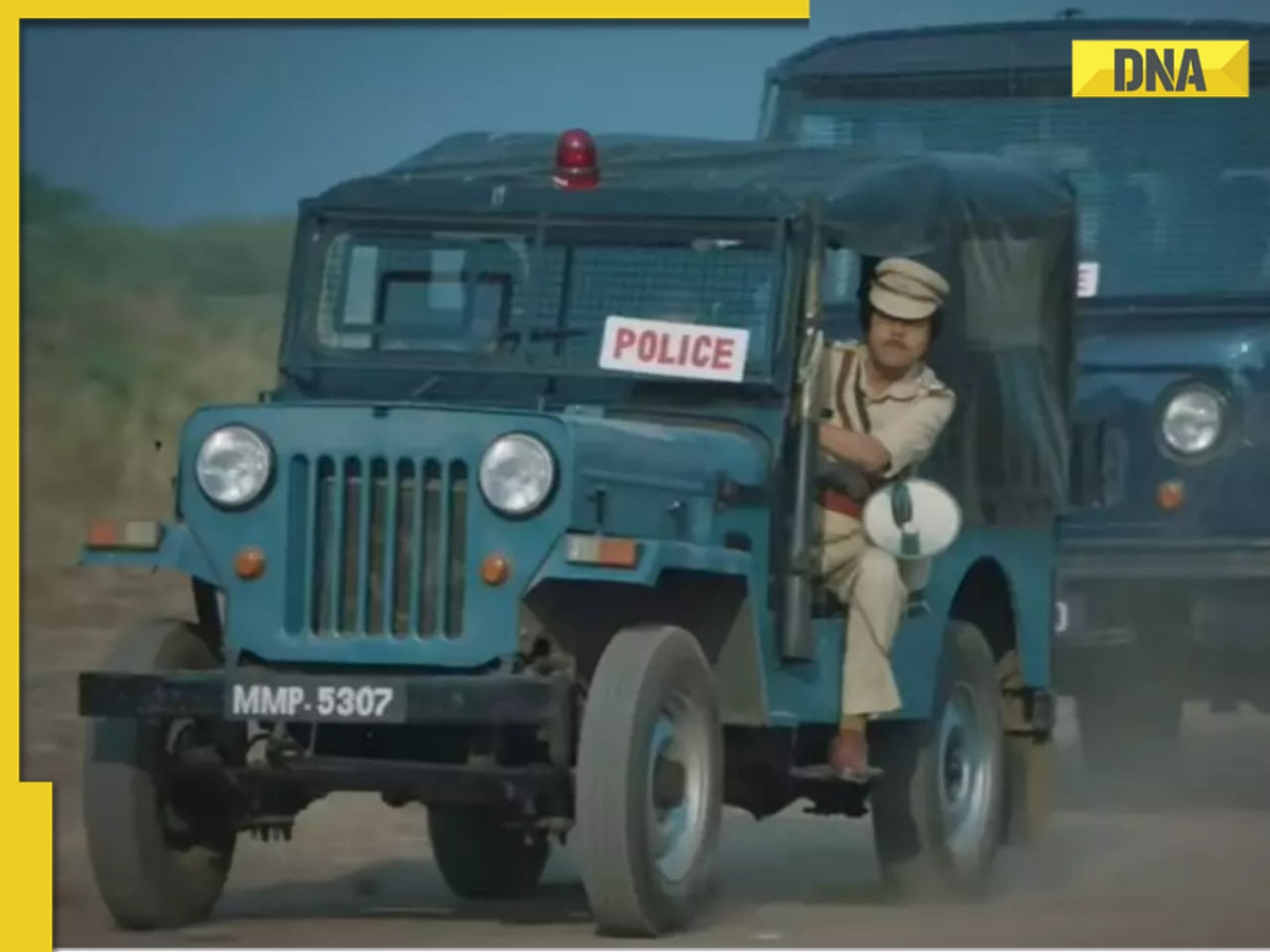

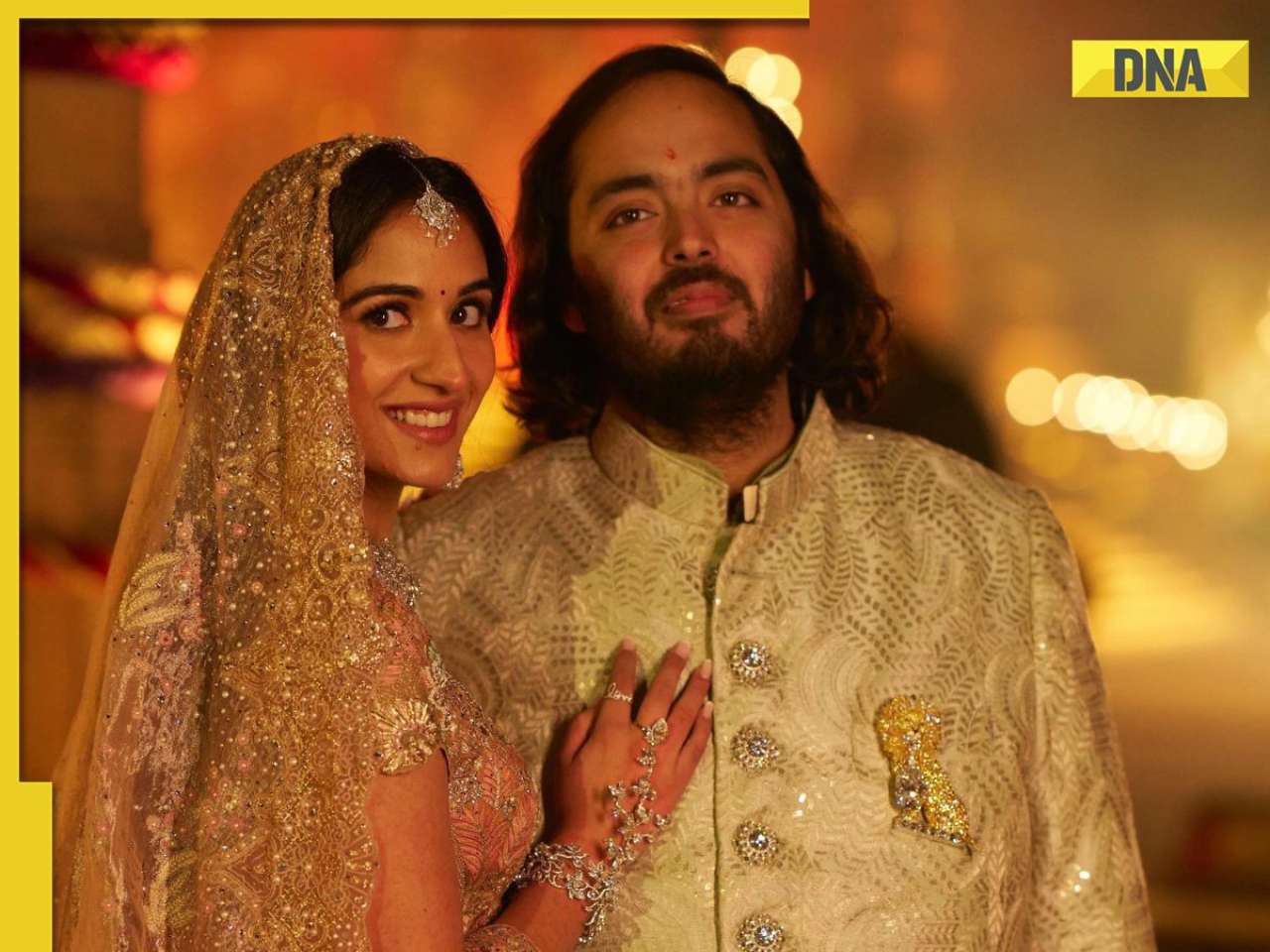
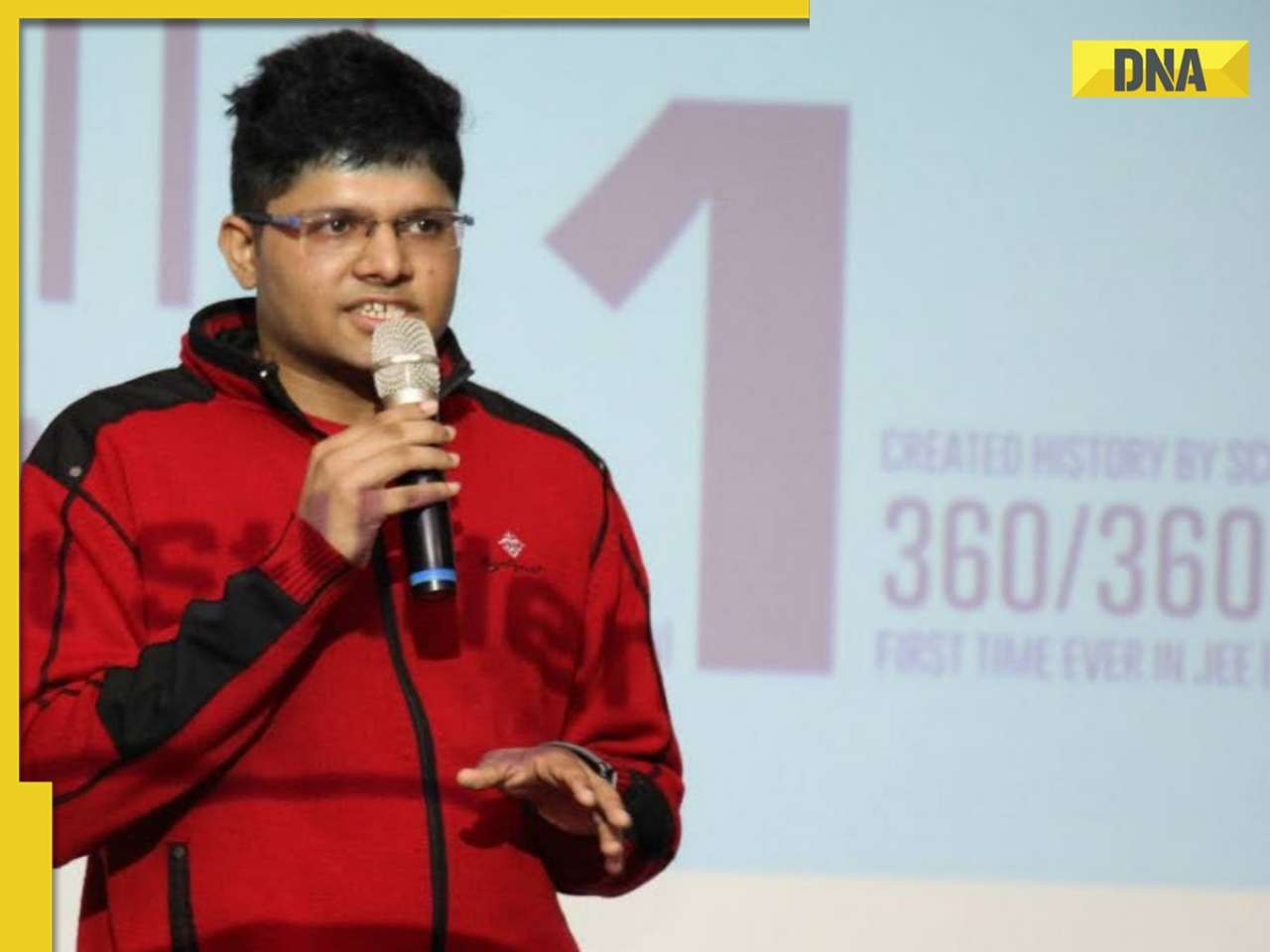
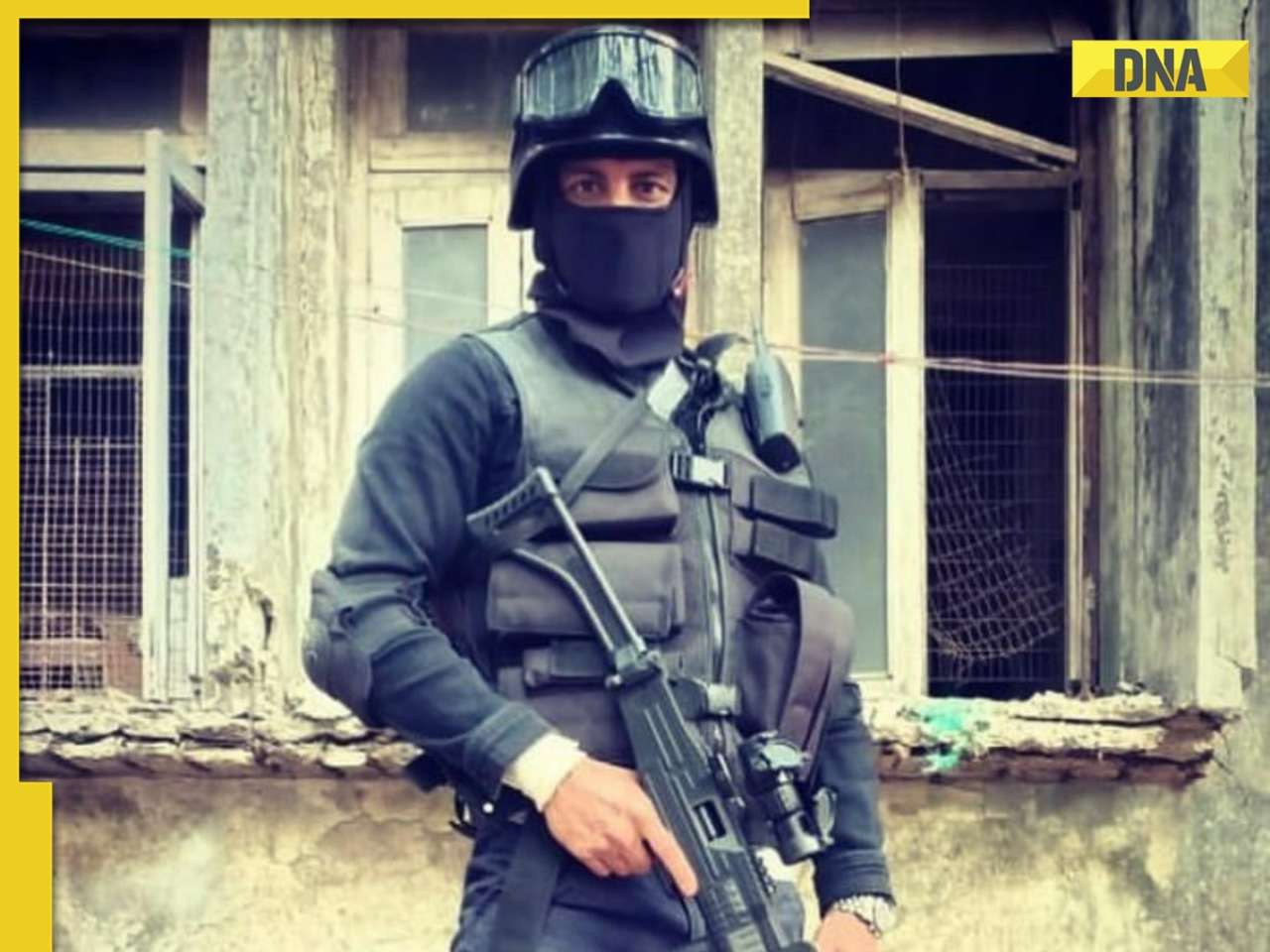




)
)
)
)
)
)